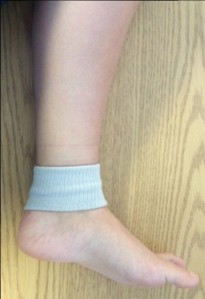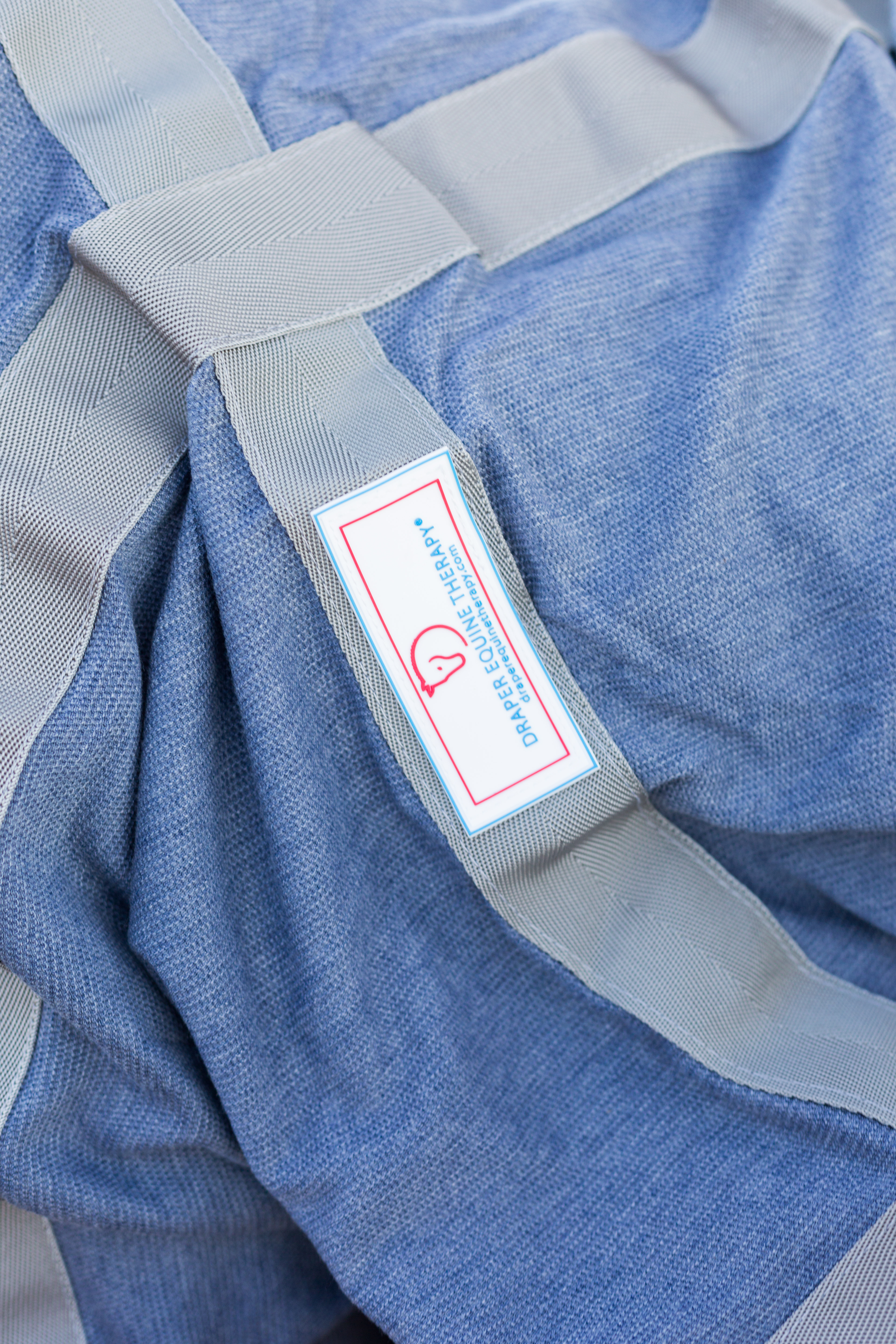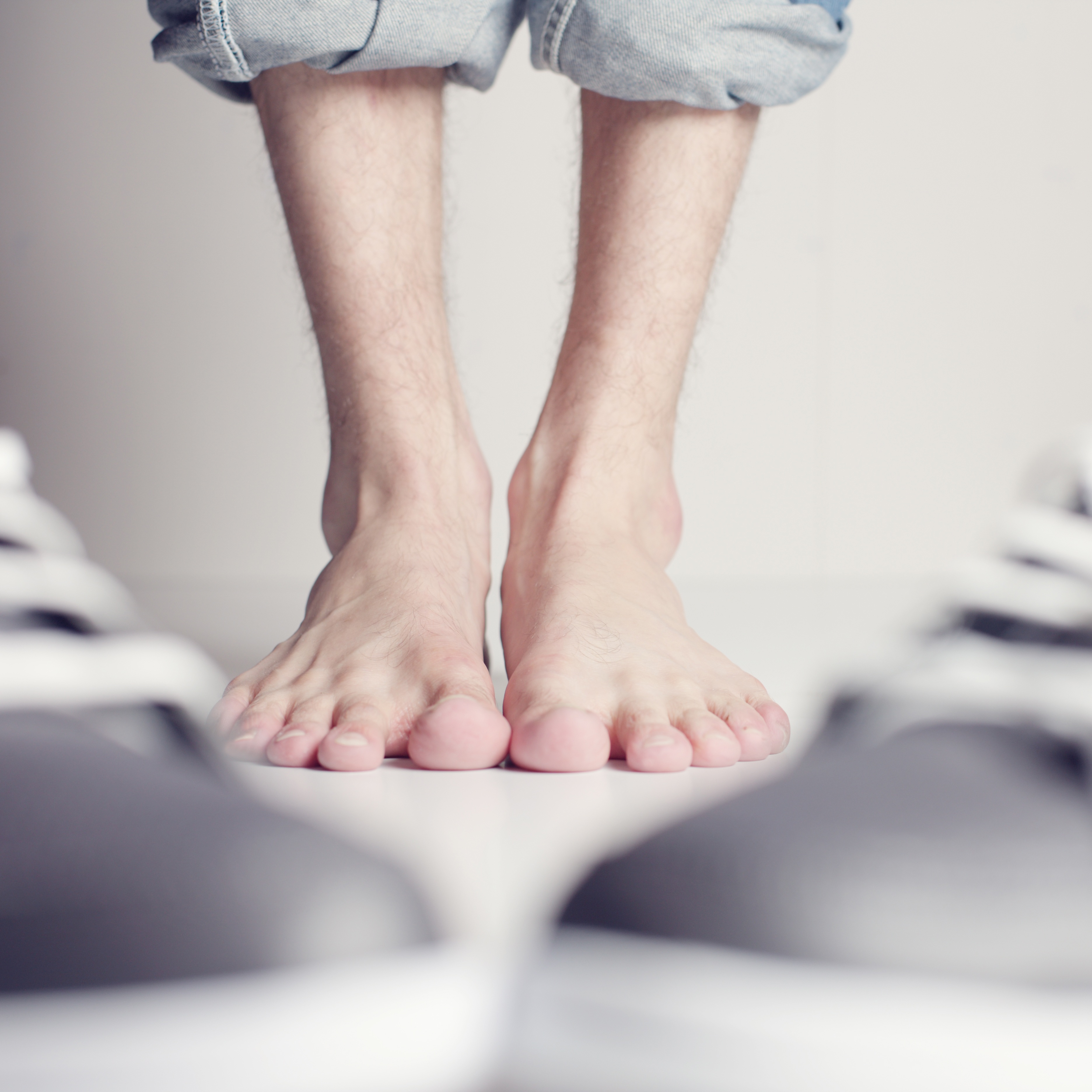Relief for the Achy Rider
I am going to start off by saying I’m not old. I am a healthy 28 year old who rides at least one horse every day and has for the past twenty-something years. I jump 2-3 per week, usually on my own horse who takes good care of me, but we are finally reaching a level where he’s jumping big and correct… which means my body is working extra hard to stay on keep my balance and ride effectively. Though I’ve had my fair share of falls and injuries, I have no major orthopedic issues (yet). However this time of year, when training starts ramping up in preparation for the upcoming show season, my body feels sore.
I can narrow my soreness down to three major areas – ankles, knees, and elbows. As I said before, I have no major orthopedic issues, but I don’t doubt that I might have a little bit more wear and tear (without an outright injury) than some in these areas.
Elbows
My elbows see a lot of repetitive movements: lifting boxes at work or tack at the barn, bending and giving during riding, and the pulling that goes along with walking my boisterous large breed puppy. Those movements aggravate some tendinitis (that I’m in denial about) which leaves my elbows, particularly the right, burning and screaming in pain. There has been times my right elbow has been so painful I could barely hold a pencil.
Knees
My knees are probably the least painful of my sore joints. I normally feel discomfort in my knees after a jumping lesson, but they can get tender after a really good flat work school as well – pretty much anytime I’m working on my position and stretching down through my lower body. The joint itself doesn’t have any issues, but the sides and muscles right above the knee joint will begin to ache.
Ankles
My ankles are what bothers me most days, particularly the left. I know at some point I did a fair amount of damage to the tendons in my left ankle (I wouldn’t be surprised if there was a bone spur/fragment in there as well). Just like with my knees, my ankles typically bother me when I’m jumping or working on really stretching my leg down. I’m most sore on the outside and front of the ankle itself, and sometimes it extends through the arch of my foot.
Here’s what my normal post-pain-causing-activity recovery regimen looks like:
1. Heat or ice. I’m lucky in that the only joint that swells is my left ankle, so I can heat or ice, whichever I feel like at the moment (I know that’s not exactly the medically correct procedure, but it’s what I do!).
2. Wrap it. I’m an old school hunter/jumper/equitation gal, and as such, horses are standing wrapped after they jump. I use my Draper Therapy Recovery Wraps on my horse and his legs come out perfect the following morning, so why not use the same technique on myself? If the joint (typically my knees and elbows) doesn’t need to be immobilized or doesn’t need compression, I use the joint supports. However, if I need to keep the joint from flexing or there’s swelling (ahem, that’s you left ankle), I use the Body wrap so that I can put the right amount of tension on the wrap. I only use my body wrap on my elbows and ankles so I’ve trimmed the velcro down so it doesn’t stick out (they have an extra long piece for use on shoulders and larger areas). If I still have some running around to do before I can immobilize my left ankle and give it a rest, I’ll put on some socks and put a wristband on my ankle for a little extra support (I have average sized ankles and the wrist bands are very stretchy! I can also put them above of below my elbows if I need to). The wrist bands work great for ankle support when you’re wearing shoes you wouldn’t wear socks with (for me that’s my boat shoes!).




3. Relax. Usually my schedule works out so that my recovery regimen comes right before bed which is perfect – it gives the wrapped joints time to rest but also gives the Celliant in the wraps/supports time to do its job! The longer you leave a Celliant garment on, the better the results will be, so 8-10 hours of rest plus the Celliant will mean you’re waking up in much better condition than you went to sleep in! (Note: I also use a Sleep Liner to alleviate general body soreness.)
I am happy to say that most days I wake up feeling pretty great – even after I’ve done something to aggravate my “trouble” joints. I had used regular ace bandages, medication, and lineaments/rubs (I should have bought stock in Bengay) before, but since I’ve started using wraps and supports with Celliant, I really haven’t needed any of the old remedies.
And before you say “yeah, yeah you work for Draper, of course you’re promoting it!”, I’ll let you in on a little secret about myself… I hate following regimens. I have a non existant beauty regimen (does putting sunblock on your face count as make up?) and I usually just “tough it out” when it comes to pain or discomfort. The fact that I religiously use the products is a miracle… Or maybe not. I feel so much better (left ankle in particular) after using the Celliant supports and wraps that clearly it’s just instinct (if not common sense) to keep using a product that works.
Keep moving forward,
Becky
Want to try our joint supports for yourself? Go for it! And while you’re at it, enjoy FREE SHIPPING! Just use coupon code JOINTBLOG at checkout!


Leave a Reply